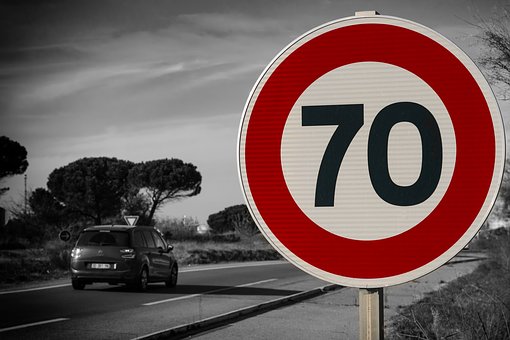NOTHING IS MORE ANNOYING, according to some correspondence we have received, than being pinged for speeding soon after passing a change of speed limit sing.
Well, the bad news is that you are expected to be travelling at the posted speed limit from the moment you pass it.
Australian Road Rules indicate, “A speed limit sign on a road applies to the length of the road beginning at the sign and ending at the speed limit sign on the road with a different number on the sign.” Not much room for confusion there. If you are travelling at 60km/h in a 60km/h zone and entering an 80km/h zone, you are not permitted to increase your speed until you have passed the 80km/h sign.
Conversely, if you are travelling in an 80km/h zone and entering a 60km/h zone, you are required to have reduced your speed to 60km/h by the time you reach that sign.
Speed limit signs, like all other traffic control devices in Australia, are supposed to comply with Australian Standard AS1742.4, a Standard that controls size, colour, shape and, in most cases, positioning of speed signs. We all know that signs do, indeed vary and they are often positioned where they can be difficult to see, especially before reaching them. It may be a defence if you can prove that the sign was obscured or otherwise not meeting AS1742.4, but we wouldn’t be betting our licence on it.
In an effort to defuse public anger, some police forces publicly stated that their practice is not to operate speed cameras within 200 metres of a speed limit change, although again, we have all seen instances where this has not been complied with. In addition, drivers detected exceeding the speed limit within 200 metres of a change of speed limit sign are still deemed to be committing an offence, and the statement only referred to speed cameras, so be warned.
seniordriveraus.com recommends seeking legal advice before disputing speeding fines. Information contained in this article is for guidance only.
